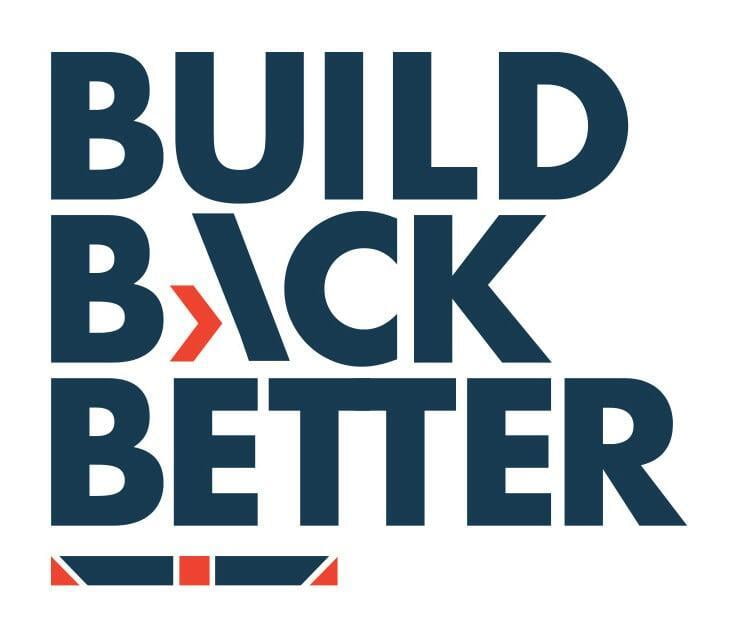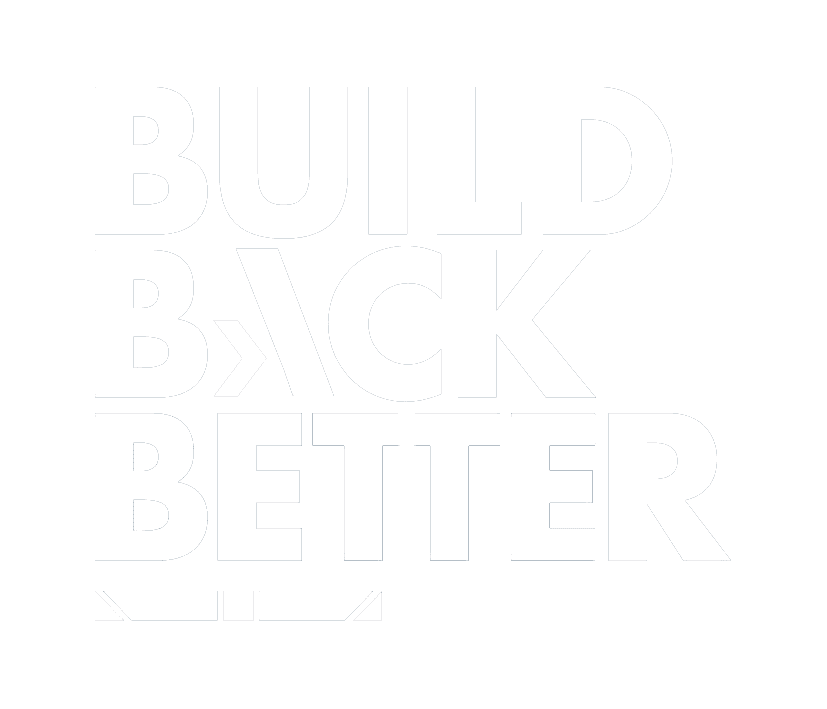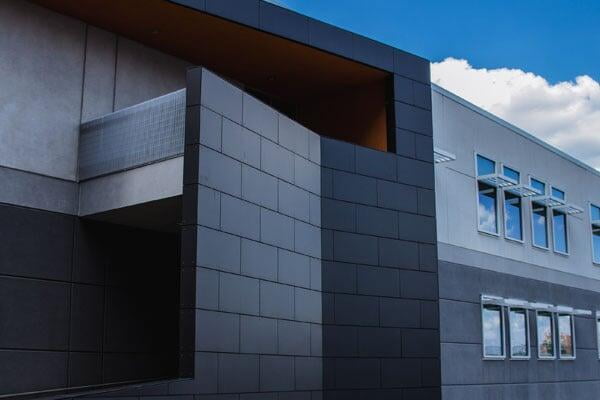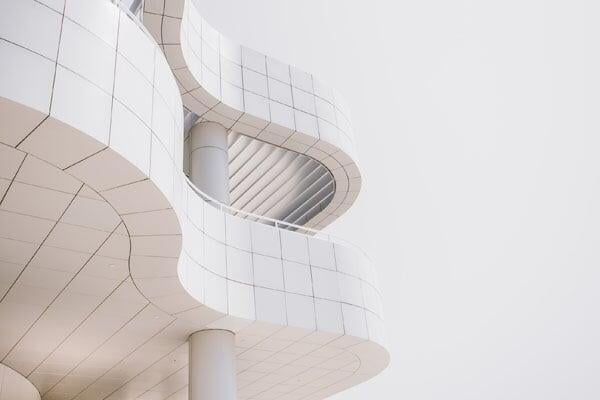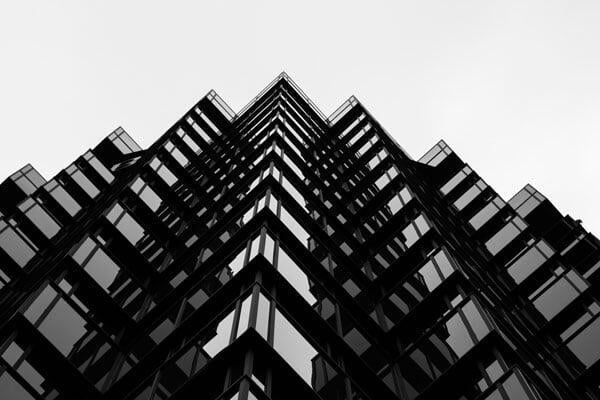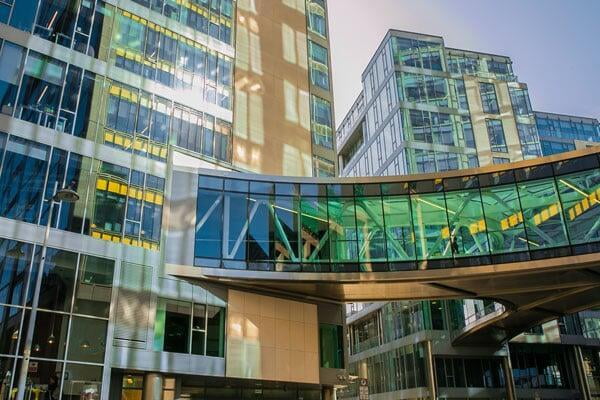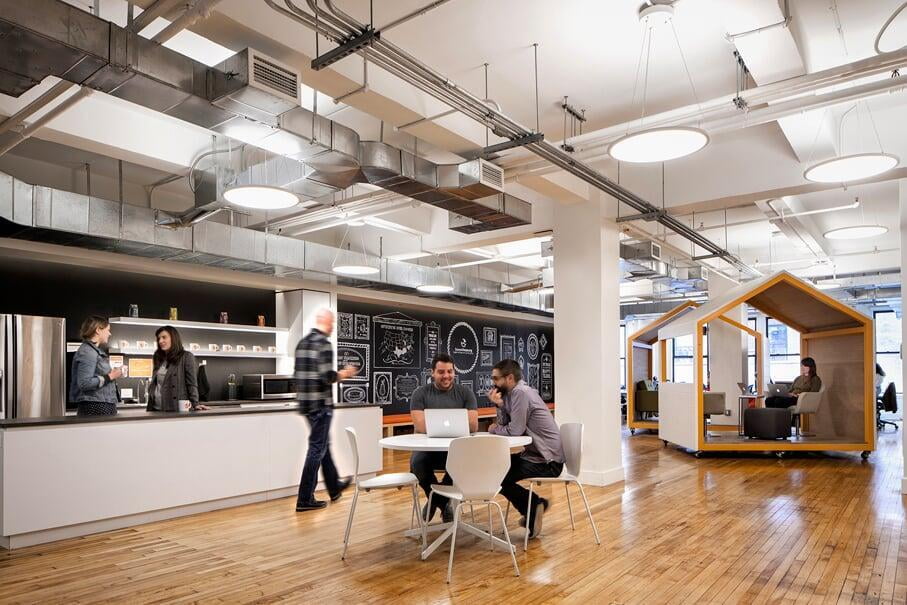
Lux Populi donated its lighting design services to the creation of a headquarters for the non-profit organisation
DonorsChoose.org in New York. The project was a collaboration with design practice Eight Inc. Pic: Scott Morris Architects
Why every lighting designer should do pro bono work
Lighting designer Thomas Paterson, director of Lux Populi, challenges his peers to bring their knowledge to those we can’t afford it. It benefits the community, and it’ll benefit your practice too.
How does the world of lighting design care for the wider community?
Many of us have been advocates for green projects, for the circular economy, for energy efficiency, for better working environments.
And that's awesome. But where else can we contribute? How could we get our knowledge to those who can't afford us? To those in the community who need lighting design thinking – but who don't know how to acquire it? To the areas of our communities that could benefit from better spaces but who we don't run into in our working lives?
So, what kind of projects should we be doing? Where could we have an impact? And is it worth our time? After all, as design practices, we're not charities!
First and foremost, the answer is: ‘whatever would bring you pride and joy’. My team and I have designed respite homes for kids with disabilities, schools for kids with Asperger’s and other disabilities, offices for an educational charity, food banks, a seminary school, even a pilot store environment for Muslim shopkeepers serving under-served poor communities in Atlanta and Chicago.
That's us – we have an interest in care environments and community programs.Those were projects that we cared about. But you get to choose.
So what are our responsibilities when doing this kind of work? First, you don't need to do it pro bono, but good for you if you do.
Sometimes charging a little (in our case, US$5,000, or £3,500, per project) has advantages for everyone. It makes our insurance kick in (protecting them and us), and it means that the client values our time more and understands that we are a finite asset.
Beyond that, our responsibilities are the same as on a regular project, though you are rarely expected to document as heavily or communicate as much. We deliver excellent design thinking of projects within their budgets and serving their missions. And that's it.
The skills are a little different, however. You need to think a lot about stakeholders, and who you're impacting.
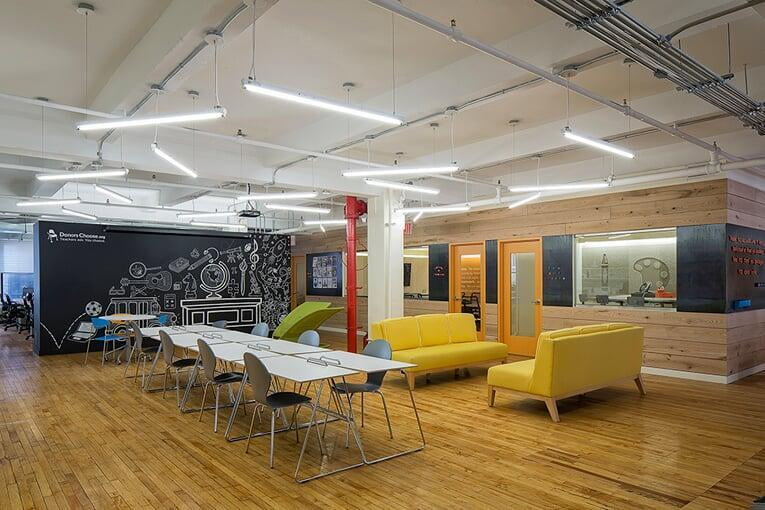
DonorsChoose.org, which channels resources to students in low-income public schools, transitioned from a traditional office space to a floor of an open loft building in the Garment District and upgraded its design to a more modern and sophisticated aesthetic.
Making a food bank look like the swankiest place in town IS GOOD for the clients of the bank, bringing pride to people who can otherwise be made to feel like second class citizens. But it's hard to convince a donor that their money is better spent on pretty lighting than on feeding another four hundred people. So maybe you need to find the cool-casual ways of making it look great. We lit one project entirely with fluorescent tubes concealed on tops of furniture, behind ducts (pseudo-coves) and plywood bench seats.
You also need to know more about commodity products. What can you light with kit from B&Q? What can you achieve with a simple strip light? Could we just step up the ceiling (a simplified cove) and moderately hide a cheap light? Would a ‘Flavinesque’ arrangement of strips bring light to the space, quickly and cheaply?
And do you have leftovers from past projects? Working with distributors who regularly supply our projects, we're often able to beg, borrow and steal great kit – and design with what we have.
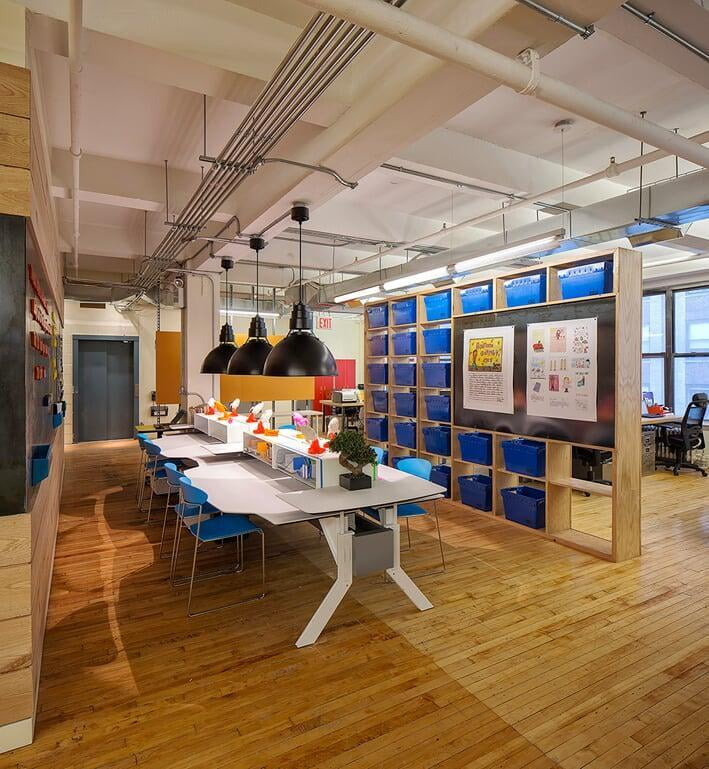
The design concept for DonorsChoose.org was influenced by an iconic schoolhouse by taking the tools and forms typically found in educational spaces and reinterpreting them for the modern office. The space is intended to delight and energize staff while giving a nostalgic nod towards education.
The Rural Studio in Alabama, a university programme, has twenty years of lights sitting on pallets, thanks to Weidenbach Brown. The students will build projects every year and they'll be well lit!
We do need to have the humility to know what we're not good at. Often we talk to the electricians about what they use when there isn't a designer involved in a project; they often know more about what cost effective lighting products are out there than we ever will.
And the operators of these buildings have experiences that you or I will hopefully never have.
Completing a respite home for kids with a wide range of disabilities (often coming with cognitive and psychological issues too), we had to confront issues of kids attempting suicide using lights, of kids in distress needing safe, padded cool-down spaces.
Designing yachts for the super-rich doesn't expose you to that kind of environment.
So there's a learning, listening and observation phase.
How much impact can we really have? That's where some careful thought about where you place your time is valuable.
Our project for the Inner City Muslim Action Network (IMAN) is great; we're prototyping a store to resolve all sorts of community challenges.
It's to address food deserts by providing access to healthy food in poor neighbourhoods, but it's also about improving the relations between business owners and the communities they serve.
So a prototype is a great thing; it can showcase lighting design thinking and be turned into a repeatable model.
Our primary question is how we can make the space feel positive and the food look great while not making the scheme look like gentrification which excludes the community.
Similarly, our work with Ealing Council in London to make better spaces for kids with disabilities provides a prototype for spaces that treat children leading somewhat institutionalised lives with the respect not shown by grids of anti-ligature ceiling fixtures glaring down upon them.
So what do you know that you can share? What can you contribute? If this all seems intimidating, don't worry. It's just like any new project.
Give it some time, patience and thought, and do it with humility. It’s a fascinating experience.
And finally, if you're responsible for the bottom line, for profit, I'll tell you straight: you're going to lose money on this. You will.
But you'll also gain happier staff, better staff retention, more experience and a slew of new skills that will help you VE even the wealthiest project.
My challenge to you? Every studio, every ten lighting designers? You should be doing one charitable job a year.
Call it pro bono, call it low-fee. But go out and find it.
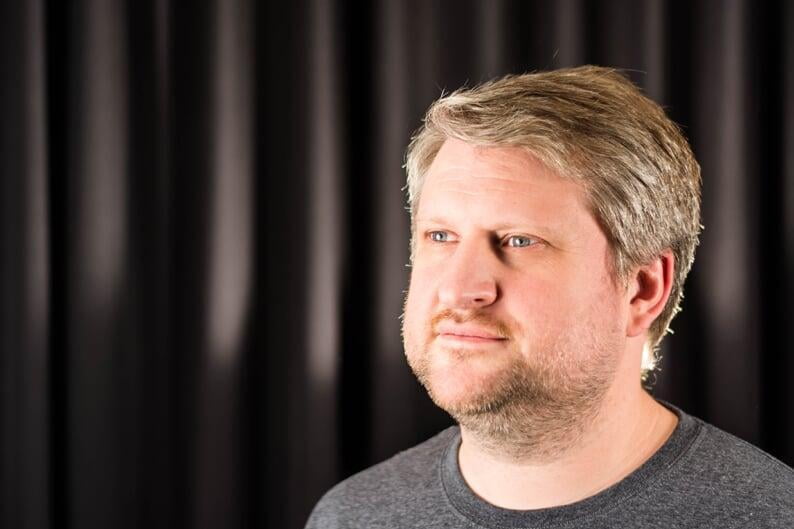
Thomas Paterson is the Australian founder and director of lighting design practice Lux Populi, based in Mexico City
